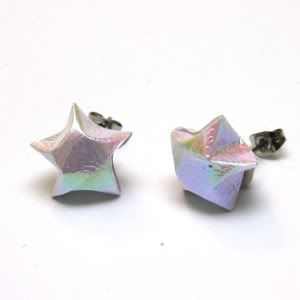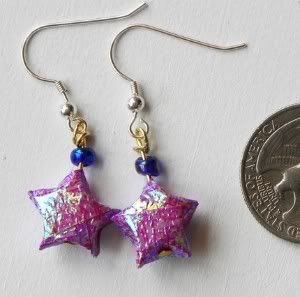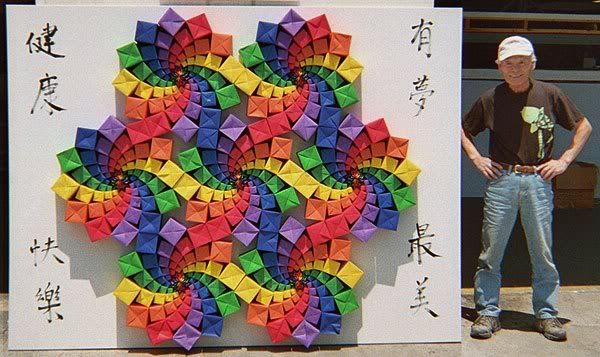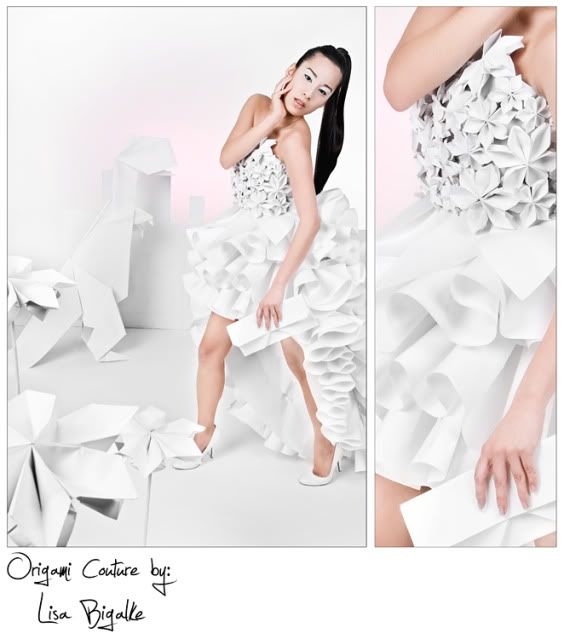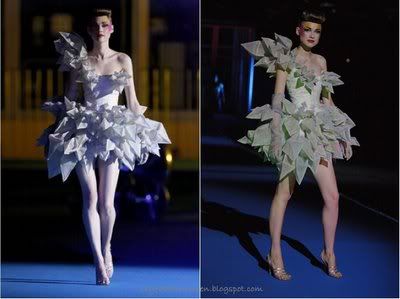In today's fast paced life, people are leading a very unhealthy lifestyle. The increasing rate of health diseases, stress levels, lack or inadequate sleep are caused due to the fast paced life style.
Walking is the most safest start towards exercise routine. There’s no doubt about it, walking is good for you. It’s good for your heart, it’s good for your lungs, it’s good for the muscle and bone. Strong scientific evidence now supports the many benefits to health of regular walking.
"I have two doctors, my left leg and my right." George Trevelyan, 1913

Health benefits of walking:
-Improves efficiency of your heart and lungs
-Burns body fat
-Raises your metabolism so you are burning calories faster, even while you rest
-Helps control your appetite
-Increases your energy
-Slows aging
-Reduces levels of cholesterol in your blood
-Lowers high blood pressure
-Helps control and prevent diabetes
-Reduces risk of some forms of cancer including colorectal, prostrate, and breast
-Aids rehabilitation from heart attack and stroke
-Promotes intestinal regularity
-Helps promote restful sleep
-Strengthens muscles of your legs, hips, and torso
-Strengthens your bones and reduces bone density loss in older women
-Reduces stiffness in your joints due to inactivity or arthritis
-Relieves most cases of chronic backache
-Improves flexibility
-Improves posture
-Promotes healthier skin due to increased circulation
Some quick facts about walking:
-On average, every minute of walking can extend your life by 1.5 to 2 minutes. That's about a 2 for 1 trade-off!
-Walking an extra 20 minutes each day will burn off 7 pounds of body fat per year.
-To burn off 1 plain M&M candy, you need to walk the full length of a football field. Think about that next time you dip your hand into a candy bowl at someone's office!
-Longer, moderately-paced daily walks (40 minutes at 60% to 65% maximum heart rate) are best for losing weight.
-Shorter, faster walks (20-25 minutes at 75% to 85% maximum heart rate) are best for conditioning your heart and lungs.
COMMON QUESTIONS ABOUT WALKING
Q: What's the best time of day to walk?
A: It varies from one person to the next.
The question is, when are you most willing and able to walk? That's the best time for you.
Q: What's the simplest way to determine how fast I'm walking?
A: The easiest way to gauge your speed without wearing a pedometer is to count your number of steps per minute.
- 70 steps per minute equals 30 minutes per mile, or 2 miles per hour.
- 105 steps per minute equals 20 minutes per mile, or 3 miles per hour.
- 140 steps per minute equals 15 minutes per mile, or 4 miles per hour.
Q: How many calories do I burn by walking a mile?
A: The average 150-pound (68 kg) person burns between 80 and 100 calories per mile(1.6 km).
Q: What's a good average walking speed?
A: A good average walking speed is 3 to 4 miles per hour (mph) and depends on your leg length and how quickly you can move your legs.You may need to start at a slower pace if you're out of shape, but you will build up quickly if you walk regularly.
Q: Should I walk or run?
A: The benefits of running vs. walking
It is for both health and fitness. Many of the studies on exercise and chronic disease prevention use walking as the measurement. The risk of injury is low for walking, most everyone can do it, it burns calories, and it makes you fit and healthy. Jogging yields the same benefits as walking, but there is more impact on your knees, hips, and other joints.
Walking Mistakes to Avoid
1. Walking the right way can give you better health, fitness, and attitude. It can help you walk faster and more smoothly.
Walking the wrong way can lead to wasted effort or even injury, not to mention ridicule.
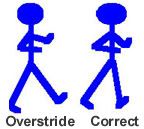
When walkers try to walk faster, a natural inclination is to lengthen your stride in front, reaching out further with your foward foot. This leads to a clumsy, ungainly gait, striking hard with the feet.
All of the power of your walk comes from pushing with the back leg and foot.
- Shorter, Quicker Steps: If you are trying to walk fast, concentrate on taking shorter, quicker steps.
- Roll Through, Push Off: Then think of really rolling through your step with your back foot and leg, getting a good push off.
The result will be faster feet and lengthening your stride where it does you some good - in back.
2.
Flapping, Slapping Feet
Instead of rolling through the step with your forward foot from heel to toe, your foot is flattening out prematurely. Either you are fighting stiff, heavy shoes or your shins are too weak to let you roll through the step.
 Symptoms
Symptoms
- Your feet hit the ground with a slap.
- You land flat footed with each step and get no roll.
- You may develop shin pain.
The Cure for Flapping, Slapping Feet
Get flexible shoes that bend at the ball of the foot. A pair of running shoes with a low heel is best.
3.
No Arms
You keep your arms still at your sides while walking, or swing them without bending them. You notice that your hands swell quite a bit while walking.
A normal walking motion uses the arms to counterbalance the leg motion. A walker can add power and speed by using the arms effectively. Long, straight arms act like a long pendulum, slowing you down.
 The cure:
The cure: Bend your arms 90 degrees and swing them naturally back and forth opposite the leg motion.
4.
Head Down
You are always looking down, hanging your head and staring at your feet.
The cure: Look up!
Good posture for walking allows you to breathe well and provides a long body line to prevent problems with your back, neck, and shoulders.
Chin up when walking - it should be parallel to the ground.
Your eyes should focus on the street or track 10 - 20 feet ahead. You'll avoid doggy doo-doo, find cracks in the sidewalk, spot potential muggers, and still collect the occasional coin.
5. Leaning
- You lean forward more than 5 degrees
- You lean back.
- You have a sway back with or without a forward lean.
Somewhere you read to lean forward when walking. Or, you may be leaning back on your hips. Leaning forward or backwards or holding your back swayed can all result in back pain and do not contribute to speed or good technique.
The cure: Stand up straight but with relaxed shoulders, chin up and parallel to the ground. Think about walking tall. Think "suck in your gut, tuck in your butt."
Your back should have a natural curve, do not force it into an unnatural sway with behind out back stomach out forward.
Strengthen your abdominal muscles through sit-ups and other exercises so you are able to hold yourself straighter.
6. Not Drinking Enough
You don't drink enough water before, during, and after walking.
The cure: Drink a glass of water every hour throughout the day to stay hydrated. Ten minutes before your walk, drink a glass of water.
During your walk drink a cup or more of water every 20 minutes.
After you finish, drink a glass or two of water.
Avoid caffeinated beverages before your walk, they cause you to lose fluid, making you thirstier as well as making you take inconvenient stops along the way.
On walks over 2 hours, use an electrolyte-replacement sports drink and drink when thirsty.
On long distance walks, drink when thirsty and be sure to replenish salt with a sports drink rather than drinking only water.
7. Overtraining
You walk and walk and walk. But you have lost your enthusiasm. You feel tired, irritable. You always have aches and pains. You may be overdoing it.
The cure: Even the Creator rested on the seventh day.
Take a day off now and then to let your body repair, build up muscle, and store up some energy to get you back on the road again.
If you just can't stand a true day off, do some upper body weight training instead of walking and lower body work.
